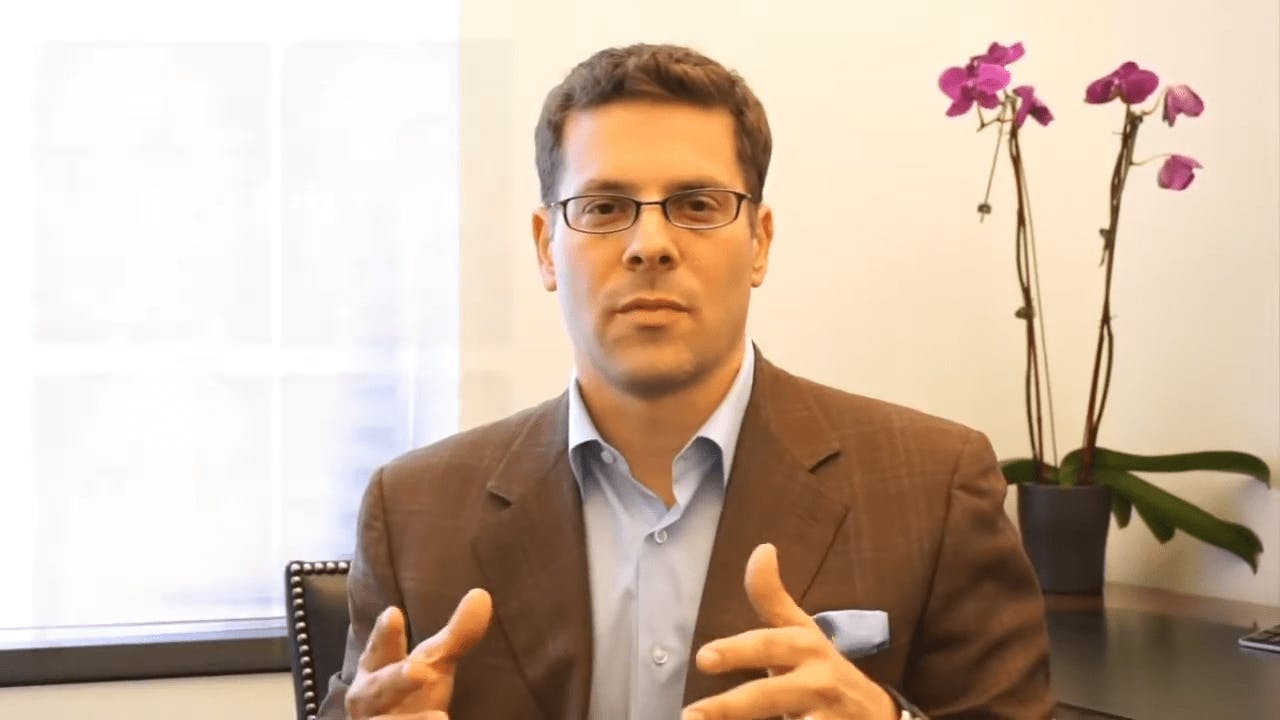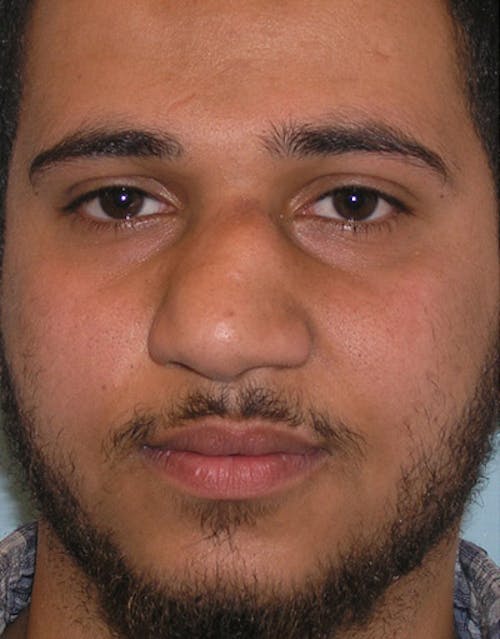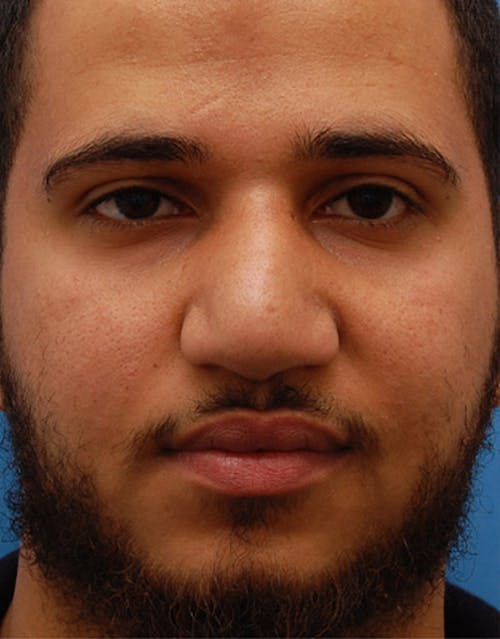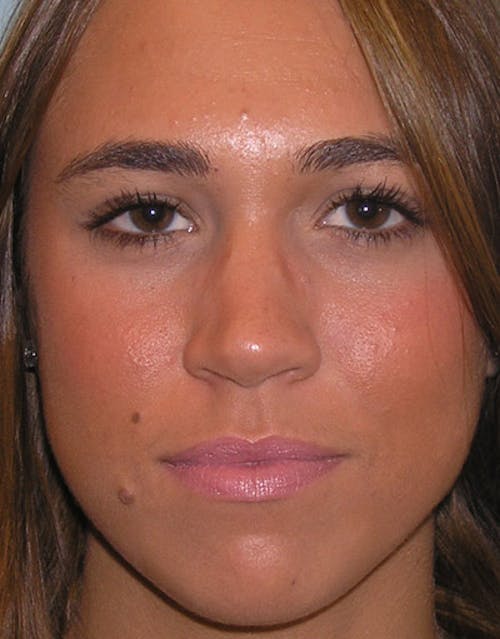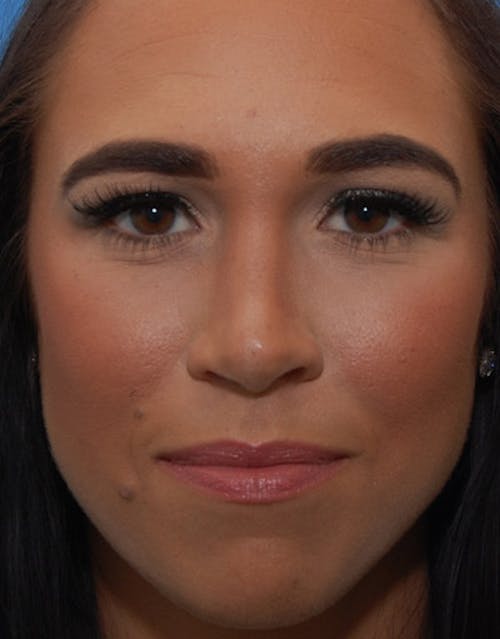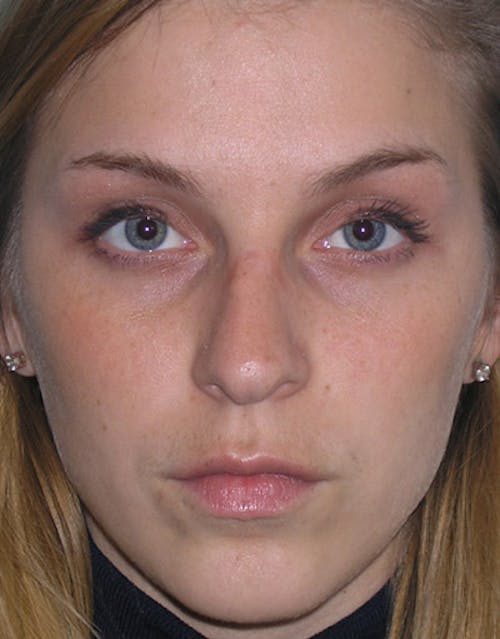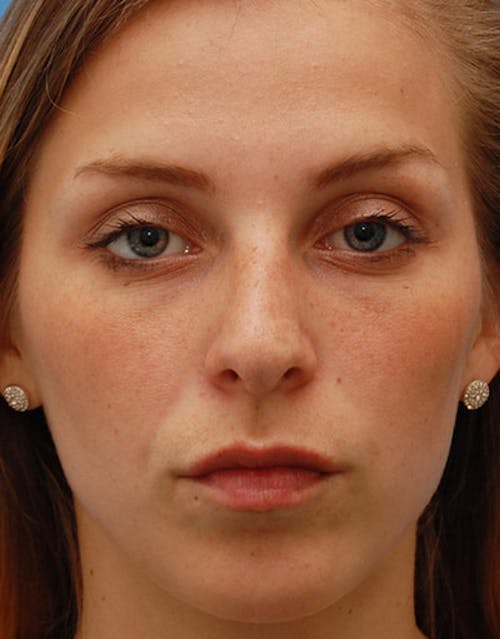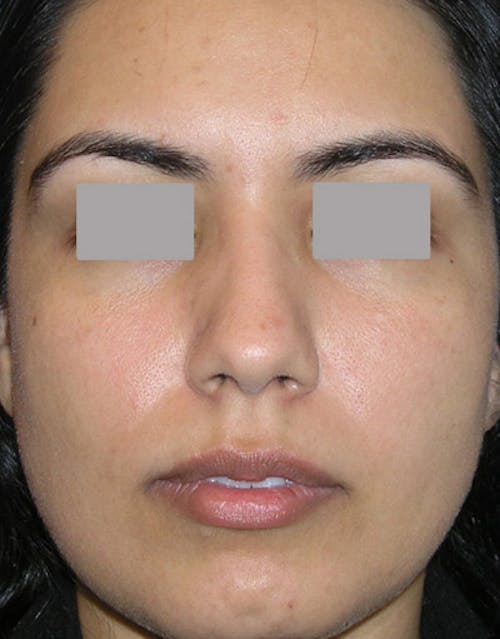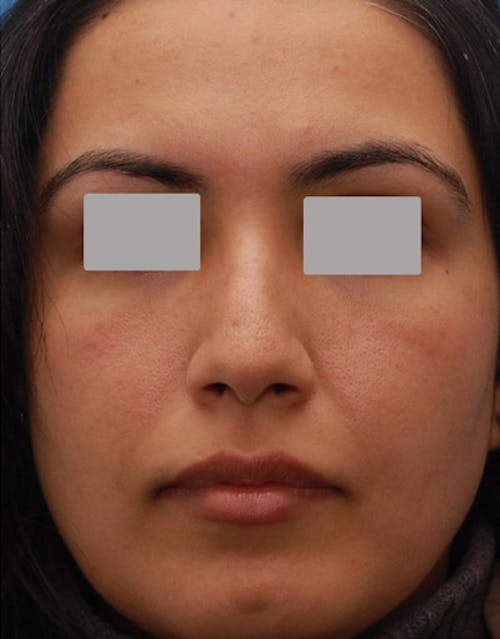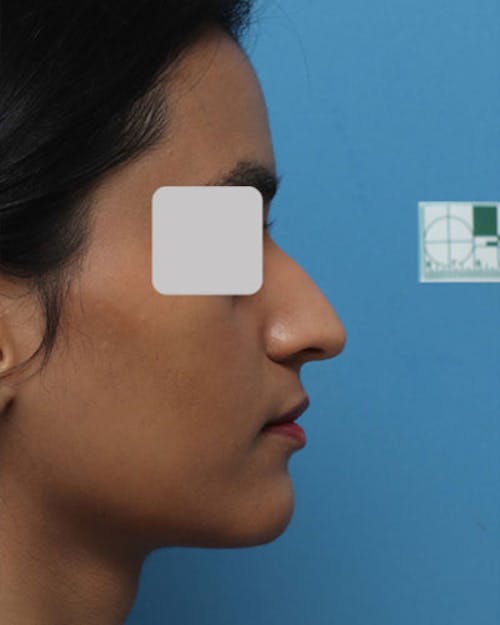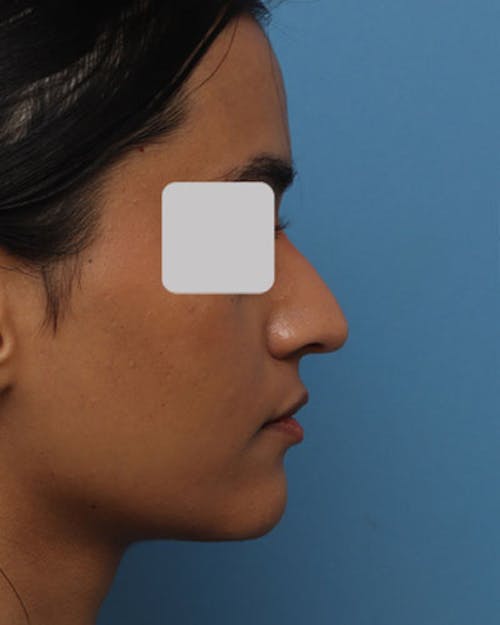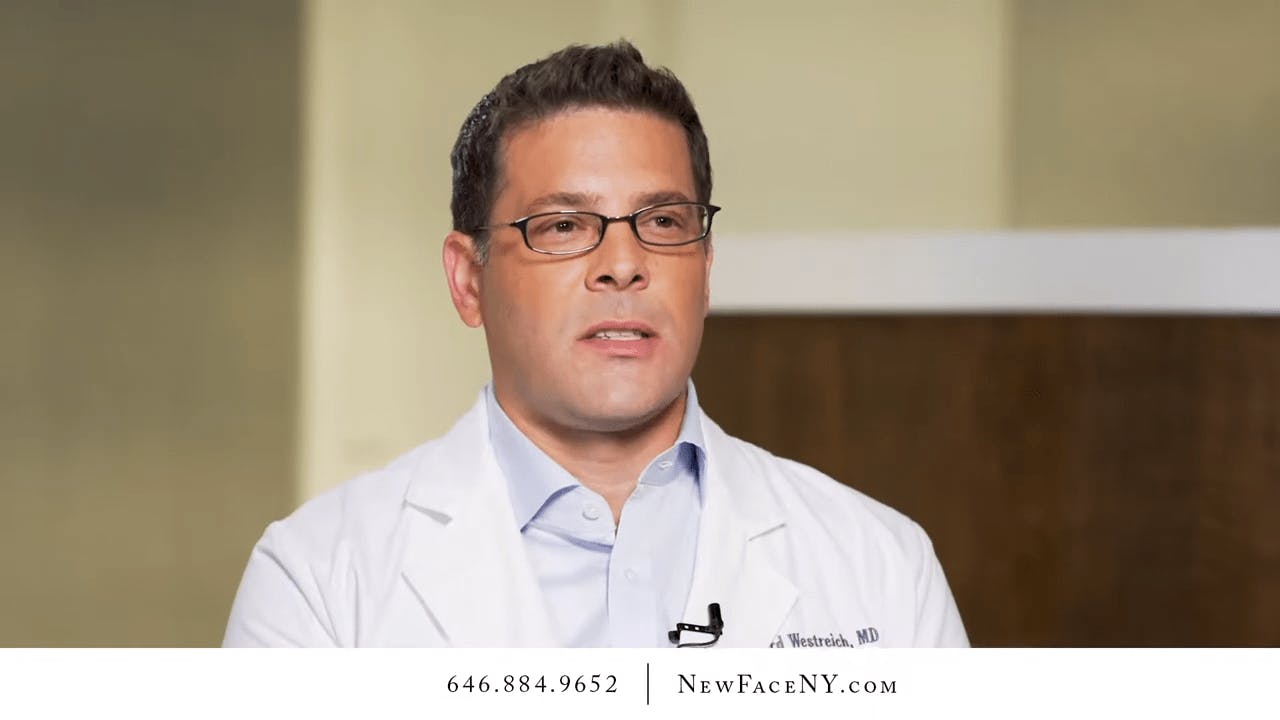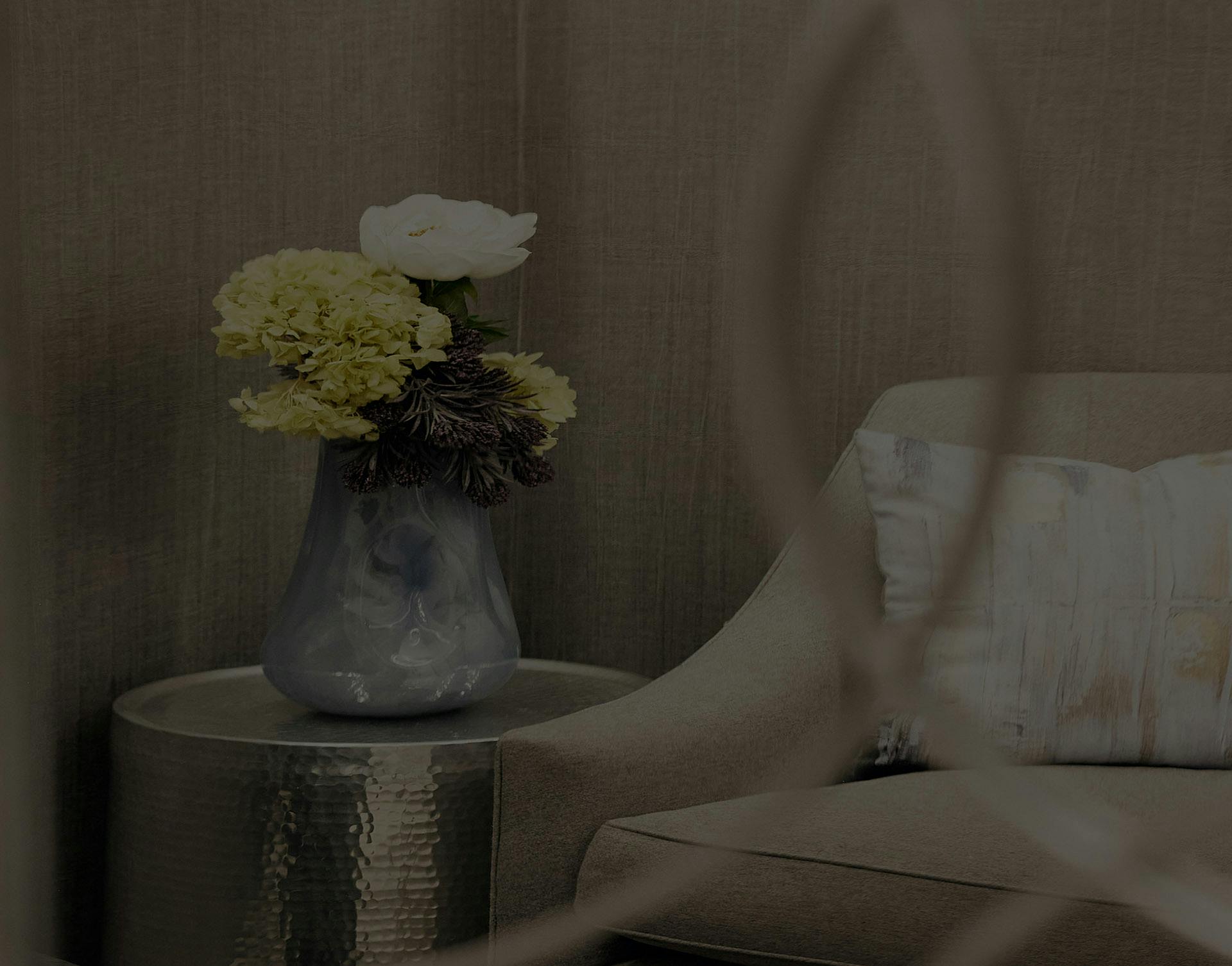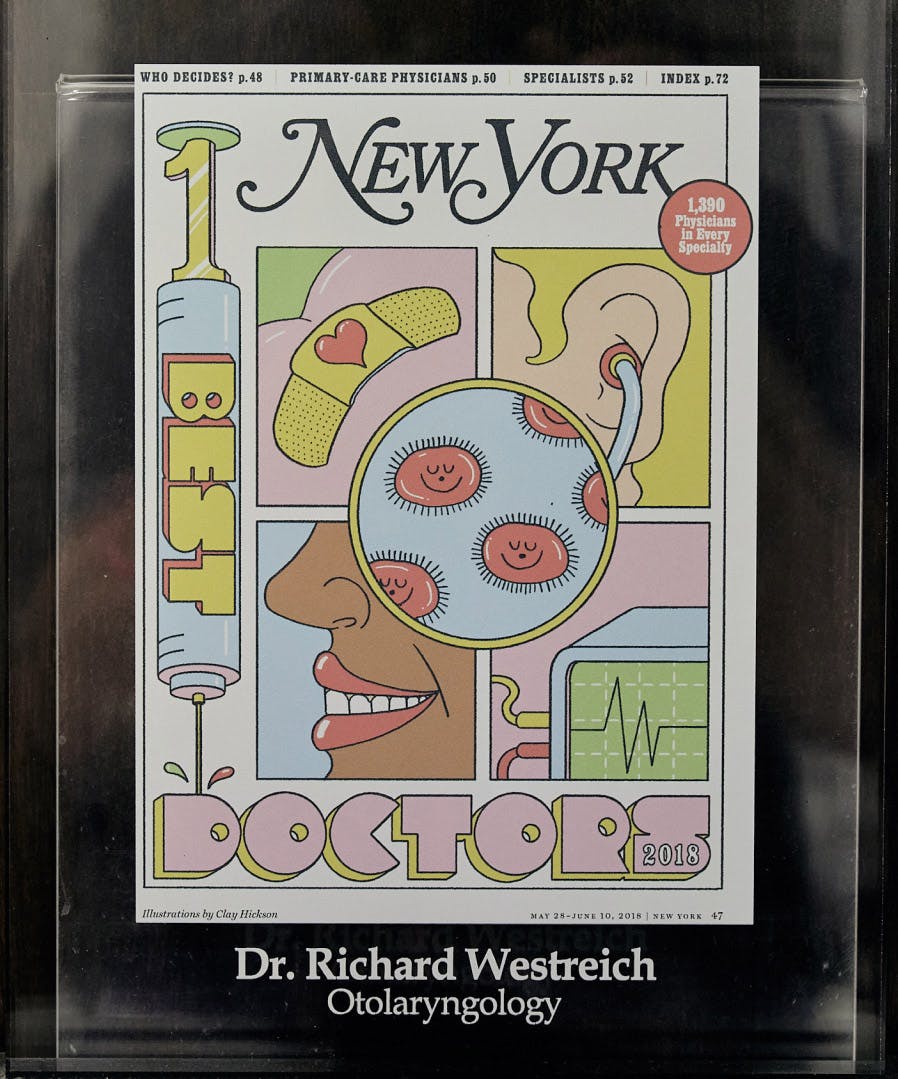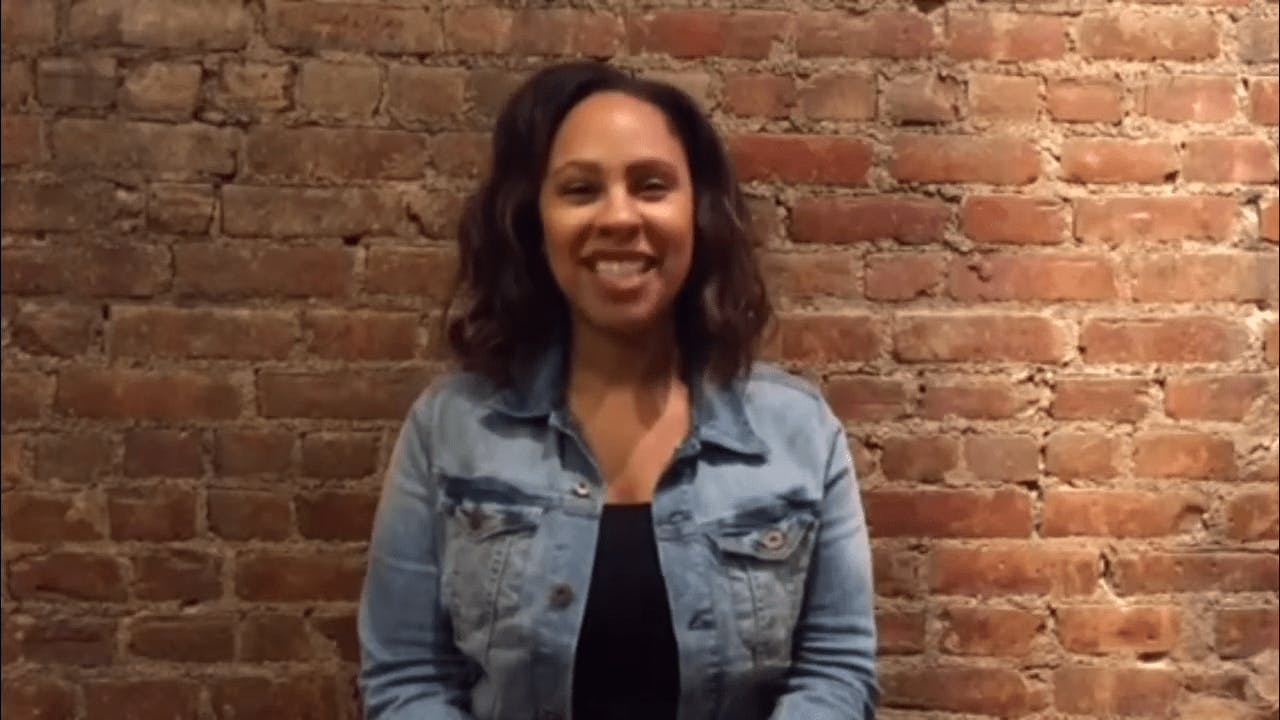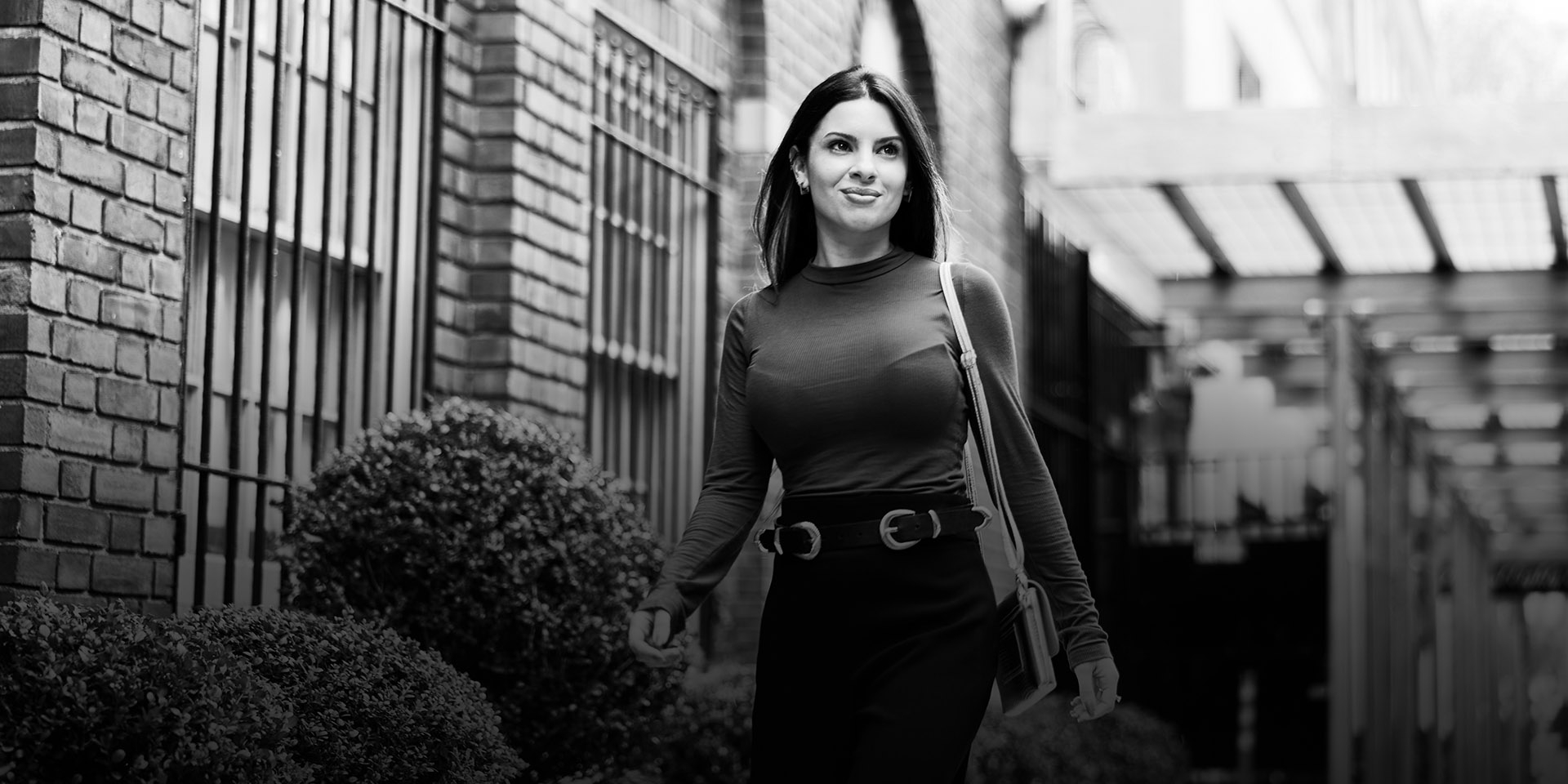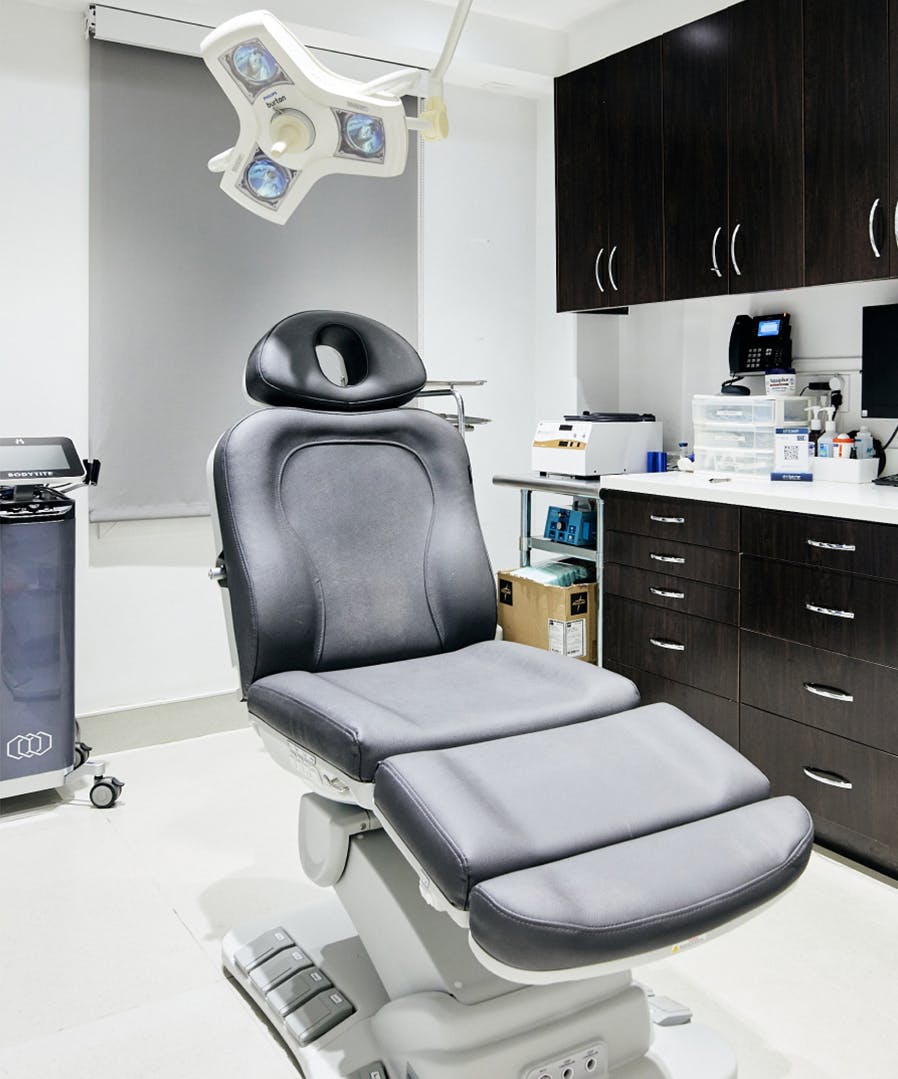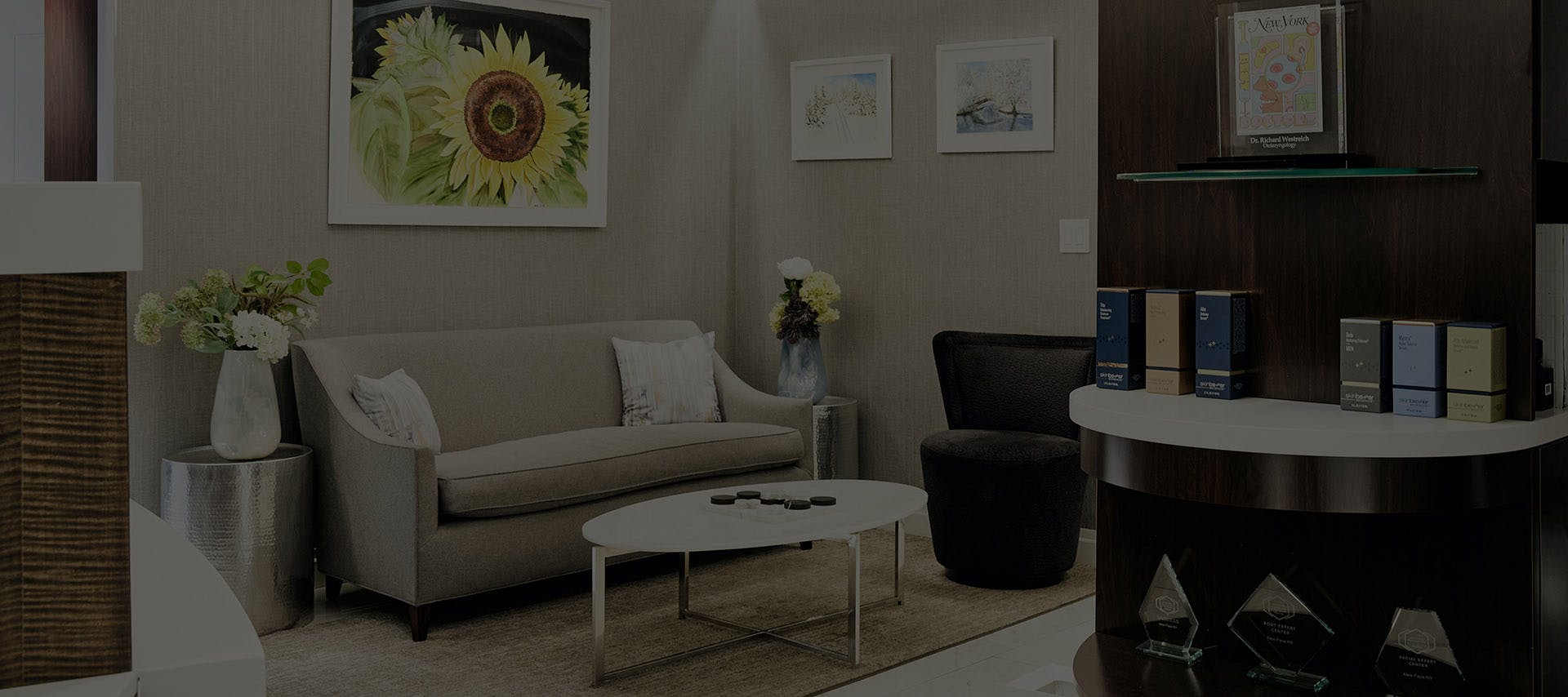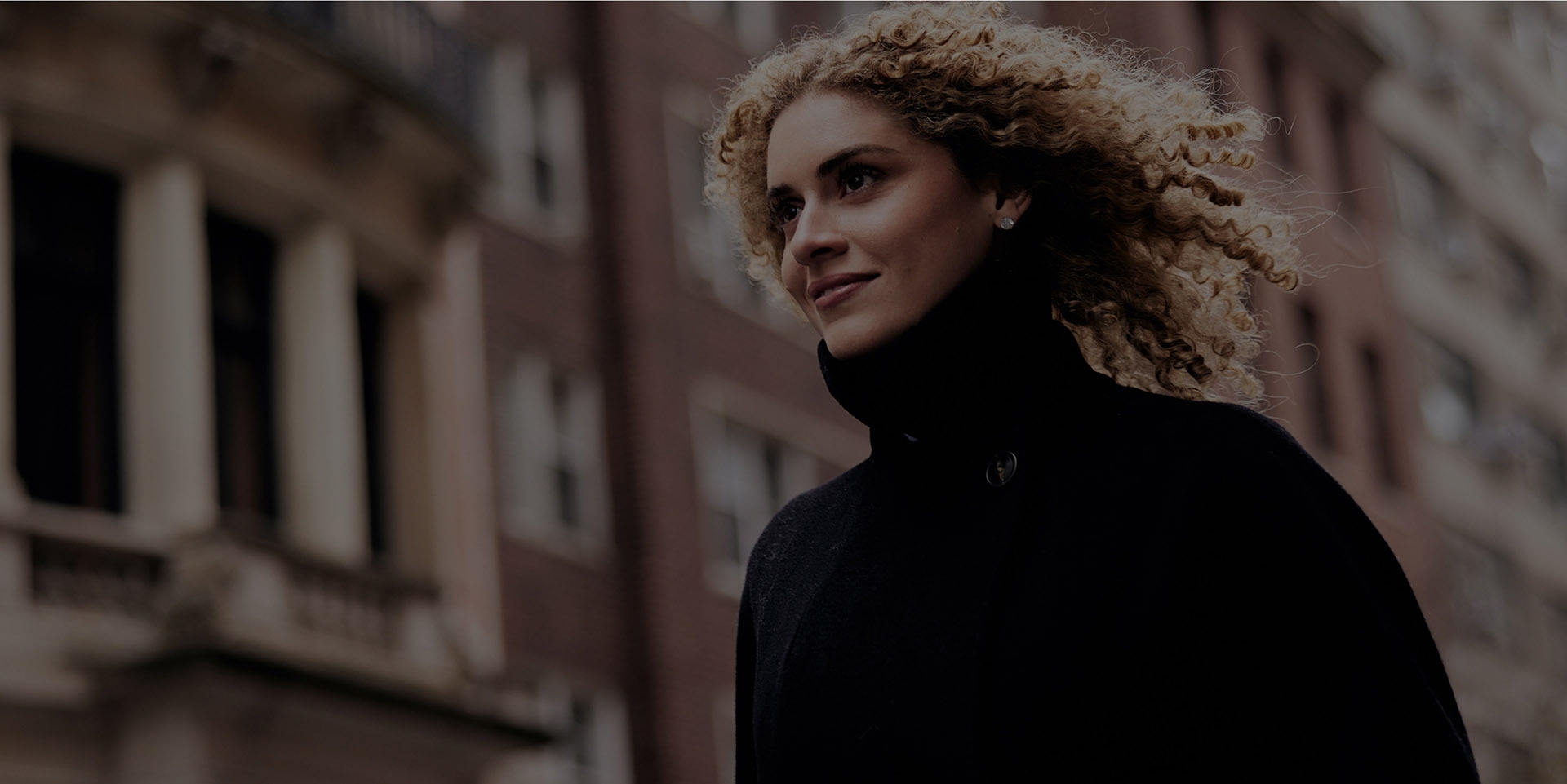“I like my nose, but it’s crooked, and I can’t breathe well. I don’t want to change the shape that much. Do I need a full Rhinplasty?”
The Foundation rhinoplasty technique, which is used for crooked or deviated noses, is also helpful in retaining more of what a patient looked like before surgery. It can be used as a stand-alone procedure or to set the foundation for a more comprehensive aesthetic rhinoplasty. Advanced septoplasty techniques help to support the nose from the ground up, adding predictability to the results over time, as well as improving breathing and nasal function. “A crooked nose doesn’t breathe straight.” Patients are given options for their surgical experience, such as polish procedures designed at creating symmetry and straightening alone, partial rhinoplasty where tip changes or profile changes alone are done a la carte, as well as more comprehensive procedures involving the whole nose.
Results are still dramatic but more natural and refined. Options allow patients to customize their experience within the confines of medical possibilities. Patients feel like they still have their preoperative identity and sense of self but were able to correct and focus on the issue(s) that were most important to them.



